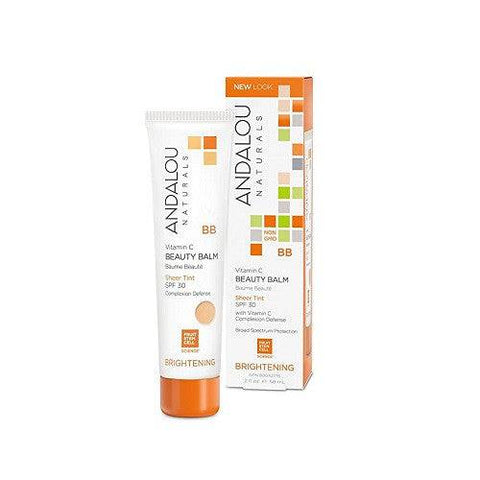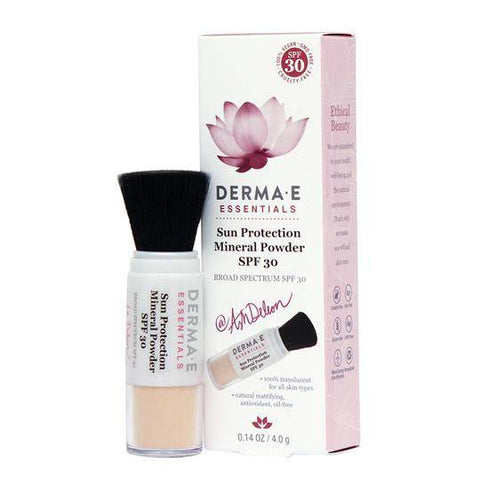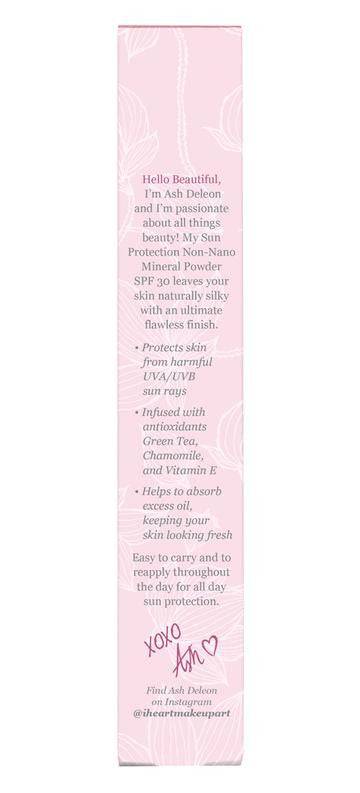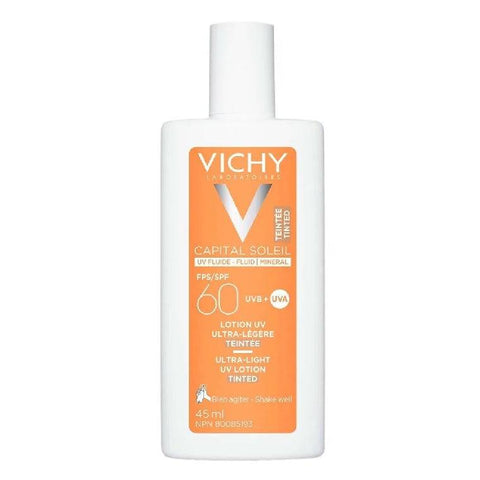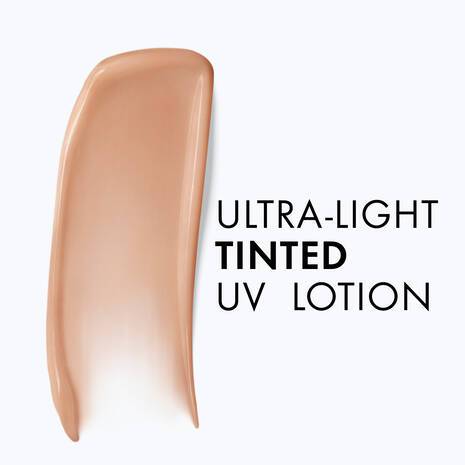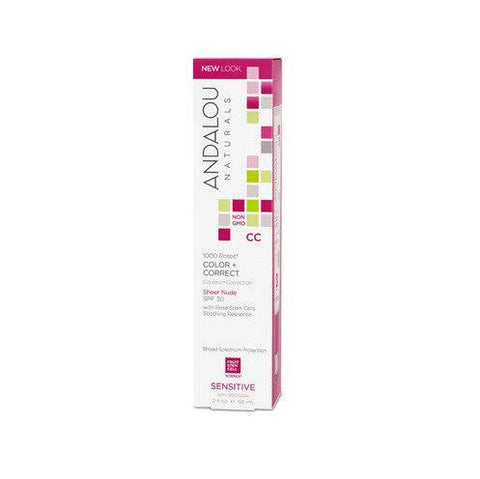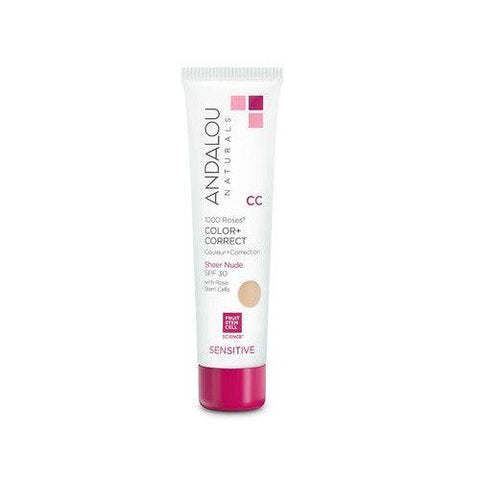Tinted sunscreen is a multi-tasking product that combines sun protection with a touch of coverage, offering several benefits:
- Sun Protection & Makeup in One: It provides broad-spectrum protection against UVA and UVB rays (like regular sunscreen) with the added benefit of a light tint, similar to foundation.
- Even Skin Tone: The tint can help even out skin tone and minimize minor imperfections, reducing the need for separate makeup application.
- Convenient: Tinted sunscreen streamlines your routine by combining sun protection and a base layer of makeup.
Here's a breakdown of key features to consider:
- Sun Protection Factor (SPF): Choose an SPF of 30 or higher for broad-spectrum protection.
- Broad Spectrum: Look for "broad spectrum" on the label to ensure protection against both UVA and UVB rays.
- Water-resistant: Opt for a water-resistant formula if you'll be sweating or swimming. Remember to reapply after water exposure.
Additional features:
- Non-greasy & Lightweight: Look for a non-greasy and lightweight formula that feels comfortable on the skin.
- Fast-absorbing: Choose a fast-absorbing formula that dries quickly and doesn't leave a white cast.
- Sweat-proof & Long-lasting: For active individuals, consider sweat-proof and long-lasting options that minimize reapplication needs.
Tinted sunscreen specifics:
- Tinted sunscreen formula: Tinted sunscreens typically use mineral UV filters like zinc oxide or titanium dioxide, which can also provide some natural skin coverage.
- Tinted sunscreen ingredients: Read the label to check for ingredients you might be allergic to.
- Tinted sunscreen application: Apply liberally and evenly to all exposed skin.
- Tinted sunscreen reapplication: Reapply at least every two hours, or more often if sweating or swimming.
- Tinted sunscreen coverage: While offering some coverage, tinted sunscreen may not be as full-coverage as foundation. Consider layering with concealer for additional coverage if needed.
- Tinted sunscreen efficacy: The efficacy depends on the SPF level, application method, and reapplication frequency.
- Tinted sunscreen application frequency: Reapplication frequency depends on the SPF and your sun exposure.
Choosing a tinted sunscreen:
- Tinted sunscreen brand: Many reputable sunscreen brands offer tinted options. Consider price, ingredients, and SPF level when choosing.
- Tinted sunscreen packaging: Similar to regular sunscreen, packaging can vary. Choose a convenient size and design.
- Tinted sunscreen color: Tinted sunscreens come in a range of shades to match various skin tones. Look for brands that offer a variety of shades for a natural-looking match.
- Tinted sunscreen texture & consistency: The texture can vary. Some are similar to lightweight lotions, while others may feel more like makeup primers. Choose a texture you find comfortable to wear.
- Tinted sunscreen finish: Tinted sunscreens can have a matte, dewy, or satin finish. Choose a finish that complements your skin type and desired look.
By considering these factors, you can find a tinted sunscreen that provides both sun protection and a natural-looking, even-toned complexion.



